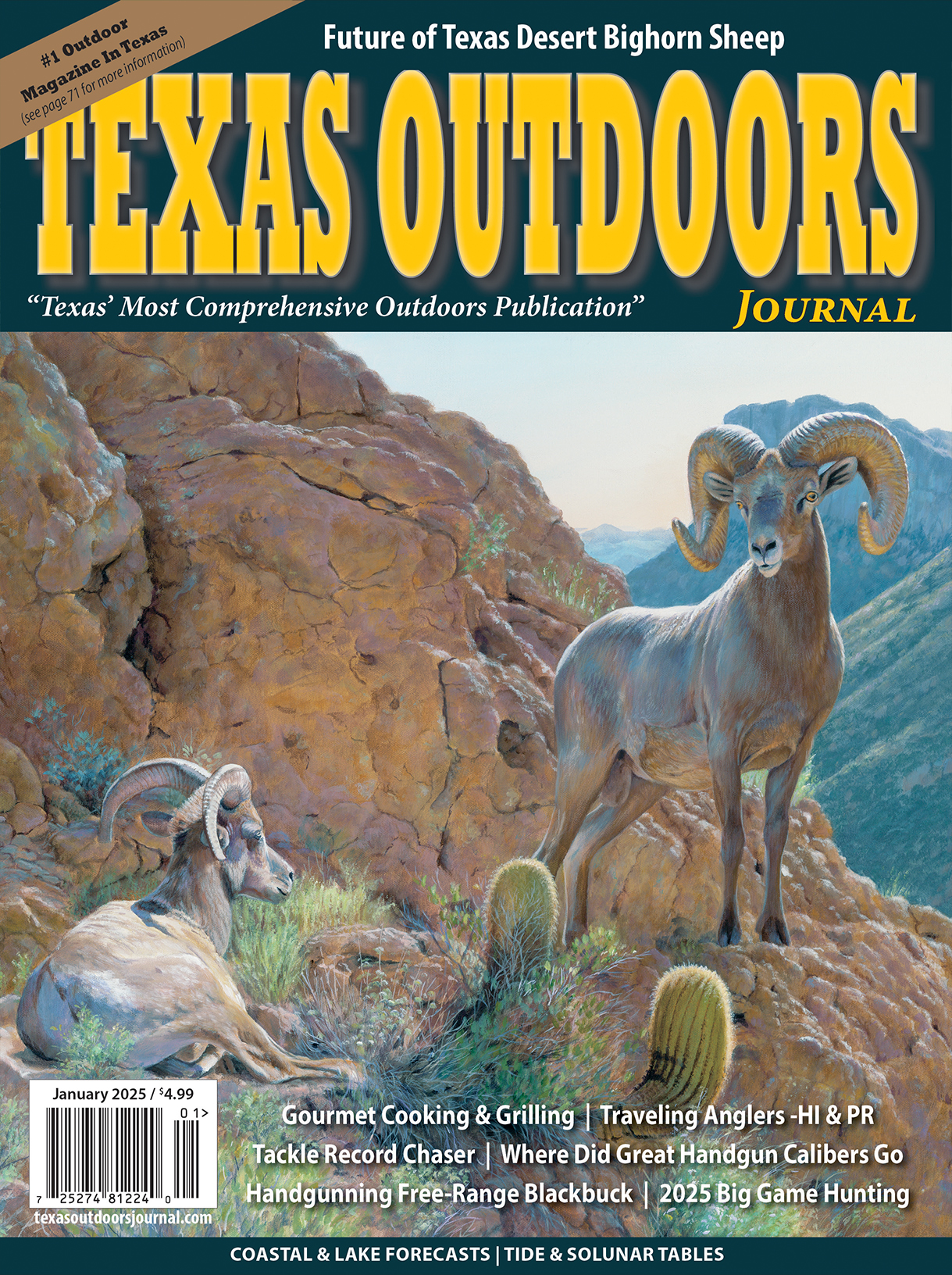
$4 Million Awarded for Texas Quail Restoration in Focus Areas
As bird hunters look to quail season opening Oct. 25 across Texas, there is new hope for bobwhite quail, and for dozens of other birds and animals that share the same native grassland habitat. Texas Parks and Wildlife Department has awarded grants to put $4 million worth of quail habitat conservation on the ground, using a special appropriation by the Texas Legislature to help bring back the quail.
“We chose places where quail are gone, but they haven’t been gone long, kind of the front line in the battle to restore bobwhites,” said Robert Perez, TPWD upland game bird program leader. “It’s a first out, first back in concept. Can we bring quail back? That’s the question we’re exploring in these focus areas.”
The three focus areas are:
- Southeast Texas area – close to a dozen counties around Columbus, Sealy, Victoria
- I-35 Corridor area in Navarro and Ellis County
- Rolling Plains/Cross Timbers area – counties around and south of Wichita Falls
“We’re using the $4 million to concentrate efforts in certain counties, with partners, so that the funding goes on the ground, and you build up enough habitat to support viable quail populations that are visible in numbers,” Perez said.
“The government will never be able to pay enough to restore millions of acres for quail habitat. The goal is to demonstrate success in various areas of the state and show that quail habitat can be restored, to inspire and guide private landowners throughout the quail range.”
Fifteen grants have been awarded and two more in process to various nonprofits, universities and others for grassland restoration in the three focus areas. The $4 million in grants comes from the sale of $7 upland game bird stamps purchased by hunters.
Grant partners include organizations like the Wildlife Habitat Federation west of Houston, the Western Navarro Bobwhite Recovery Initiative south of Dallas, and theGrassland Restoration Incentive Program under the Oaks & Prairies Joint Venture, which has already delivered habitat restoration projects on more than 36,000 acres of grasslands in the three focus areas.
In addition, Perez received a federal Wildlife Restoration Program grant for $200,000 over four years, to fund multi-year quail population monitoring to measure the impact that these combined restoration efforts are having on quail populations and other grassland birds in the focus areas.
“What’s different here is the monitoring,” Perez said. “That scale and quality of monitoring is often left out because there isn’t enough staff or money to do it. But this time we are counting birds carefully in new ways, before and after restoration. We’re hiring summer technicians to cover thousands of points, counting quail and other grassland birds that share this habitat and are also in decline.”
This year, although Texas remains gripped in a serious, long-term drought, and many reservoirs and rivers are still at critically low levels, much of the state received enough timely rain to promote population growth that will support what could be a better quail hunting season than in recent years.
But even if things are looking better this season, such short-term population changes do not reflect the long-term downward trend of Texas quail. Since1980, bobwhite populations in Texas have declined at a rate of about 5.6 percent per year. Scaled quail populations in western Texas have declined at a rate of about 2.9 percent per year. These numbers add up – or down to be more correct – to a 75 percent loss in bobwhites and a 66 percent loss in scaled quail. Many reasons are cited for the declines, but evidence points to changes in the quantity and quality of habitat as the leading cause.
Besides quail, at least 24 other grassland birds are all in serious decline. The situation was highlighted in the “The State of the Birds 2014” report released Sep. 9, billed as the most comprehensive review of long-term trend data for U.S. birds ever conducted. The report stated “Since 1968, the grasslands indicator for 24 obligate breeding birds declined by nearly 40%.” This explains why birding groups like the American Bird Conservancy are partners in the quail initiative. By restoring grassland habitat, it benefits many birds at the ecosystem level.
“Birds like the scissor-tailed flycatcher, even the meadowlark, a traditionally common bird that is now in decline—none of these birds are hunted, so hunting is not the issue,” Perez said. “Even though the bobwhite is our flagship species, we don’t have a narrow focus on a single species; we know when we improve grassland habitat we’re helping dozens of bird species.”
There was some good news for grassland birds in the national report, which went on to say their “…decline flattened out beginning in 1990. This recent stabilization noted in the 2009 report continues today, reflecting the significant investments made in grassland bird conservation…Conservation works!”
Quail restoration grants are guided by TPWD’s Upland Game Bird Strategic Plan, a five year roadmap for quail recovery. This in turn is part of a national umbrella plan, the National Bobwhite Conservation Initiative.







